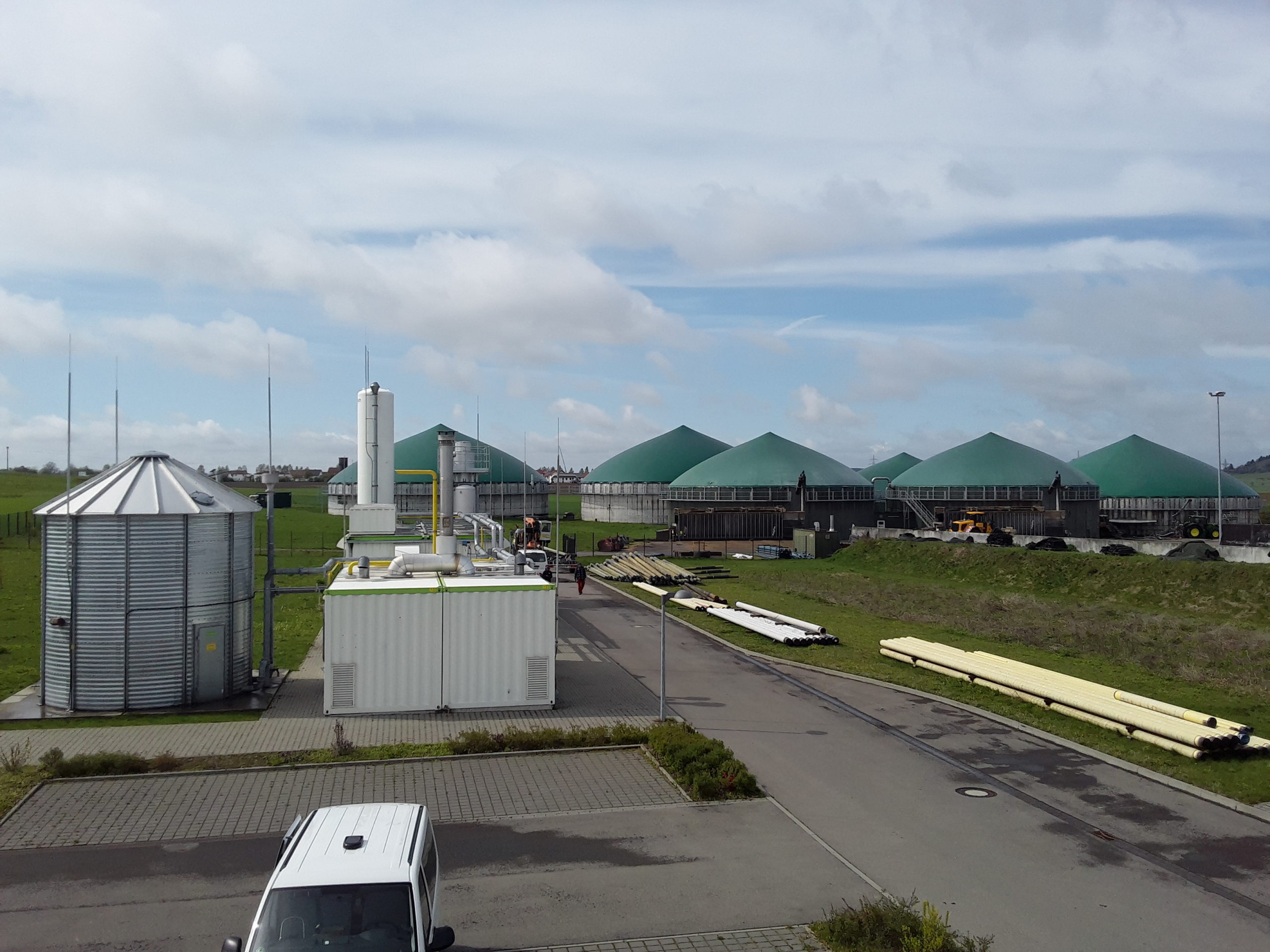The rise in carbon dioxide levels between 2020 and 2021 was greater than the decade’s average annual growth rate. Measurements from stations in the Global Atmosphere Watch network show that these levels will keep going up this winter as well. The combustion of fossil fuels for numerous applications and emissions from industrial processes collectively account for more than 78% of GHG emissions.
According to the State of Global Air report 2022, India’s three largest cities are among the top 20 cities in the world most affected by air pollution. Delhi, the capital city, is the most polluted, followed by Kolkata; while Mumbai is at the 14th position on the list. Apart from these metro cities, other smaller cities such as Kanpur, Rohtak etc. also find a place in the world air quality index 2022’s list of the world’s most polluted places. According to the report, over 76% of India’s population lives in areas with poor air quality.
Since air pollution is a widespread issue, the solutions to reducing it must be consistent, collective, and sustainable. A particular city or state cannot combat air pollution as it cannot be contained within the borders. Governments, non-governmental organisations (NGOs), industry, and citizens must all work together to find workable, long-term solutions to reduce air pollution in the country.
Promoting biogas is one of the most sustainable ways to gradually decrease the use of fossil fuels, reduce greenhouse gas emissions through efficient scientific waste management, and lower the financial burden of fossil fuel imports on the government, thereby saving precious foreign exchange. The recently announced Ministry of New & Renewable Energy subsidy under the National Bio Energy Programme not only supports the larger biogas plants but also the smaller ones. The subsidy can support the Biogas ecosystem’s goal of reducing fossil fuel utilization in a centralized and decentralized fashion.
For a typical 12000 cubic meter biogas plant, almost 50-250 TPD (Tons Per Day of input feedstock is needed, which could be a mixture of different indigenous feedstocks like animal manure (cow dung, poultry litter, etc.), crop residues like paddy straw, and other locally available feedstocks. The appropriate feedstock mix is governed by numerous factors like availability and affordability, including the establishment of an effective supply chain, digestor technology, ambient temperature. Such a plant is expected to produce around 5 MT of Bio-CNG, 25-30 MT of Fermented Organic Manure, and approximately 250 cubic meters of Fermented liquid manure daily at 100% capacity utilisation.
A medium sized biogas bottling plant with a capacity of 100 cubic meters per day can produce 8 cylinders with a capacity of 6 kg a day. The unit can provide clean energy equivalent to 17,520 litres of gasoline or diesel per year. The generated green energy can be used for a variety of purposes, including generating electricity, cooking, heating, and as a vehicular fuel.
In spite of the multitude of benefits, the biogas industry is growing slowly in India. There are many reasons for this slow growth. Biogas is a capital-intensive industry that demands advanced machinery and skilled personnel.
One of the example taking the above-mentioned hurdles into account is Uttar Pradesh which recently launched its Bio-energy Policy 2022 to boost the bio-economy. Apart from its core initiative to provide state-backed Capital subsidy for biogas projects, there are several other takeaways from the recently launched policy, that can be considered on a pan India basis.
Leased land at Re 1 per acre is a step in right direction, the state’s revenue department will lease property to feedstock aggregators and those establishing bioenergy plants for a maximum of 30 years at a rate of Re 1 per acre. A 5 km approach road connecting a bioenergy facility with the main highway will also be built if an investor invests Rs 50 crores or more in it. Typically, a 10 TPD CBG plant needs 25 acres for feedstock storage and 10 acres for installation.
Tariffs and tax exemptions for electricity- For ten years following the launch of the project, power charges for bioenergy units will be waived entirely. Additionally, there is no longer any stamp duty on lease, rental, and sale deed registration costs for the land used for plants. The state’s development authority will also not impose any development fees.
Equipment incentives: The Sub-Mission on Agricultural Mechanization (SMAM) programme of the central government provides subsidies for agricultural machinery. Additionally, the state government will offer a 30% subsidy (up to Rs 20 lakh) for the purchase of machinery such as balers, rakers, and trolleys that gather, compress, and transport agricultural waste from farms will definitely promote more investments
Better State department coordination: To assist potential investors and act as the main point of contact for the district magistrate’s office, a project officer will be stationed in each district.
Single window online clearance gateway: On October 15, 2022, UPNEDA’s Bioenergy web site went live, facilitating applications and increasing transparency. Potential investors have access to a single-window clearing system where they may submit and track the status of their applications.
One missing point is the provision for the off take of fermented organic manure coming out of biogas plants, which can be a good soil conditioner to restore the depleting organic carbon level of Indian soil. The Government needs to push specific schemes for the off-take of fermented organic manure too. Perhaps, Sustainable ‘Biogas-Organic- Fertiliser’ Cultivation Programme (SuBiCulP) will be the best fit!



